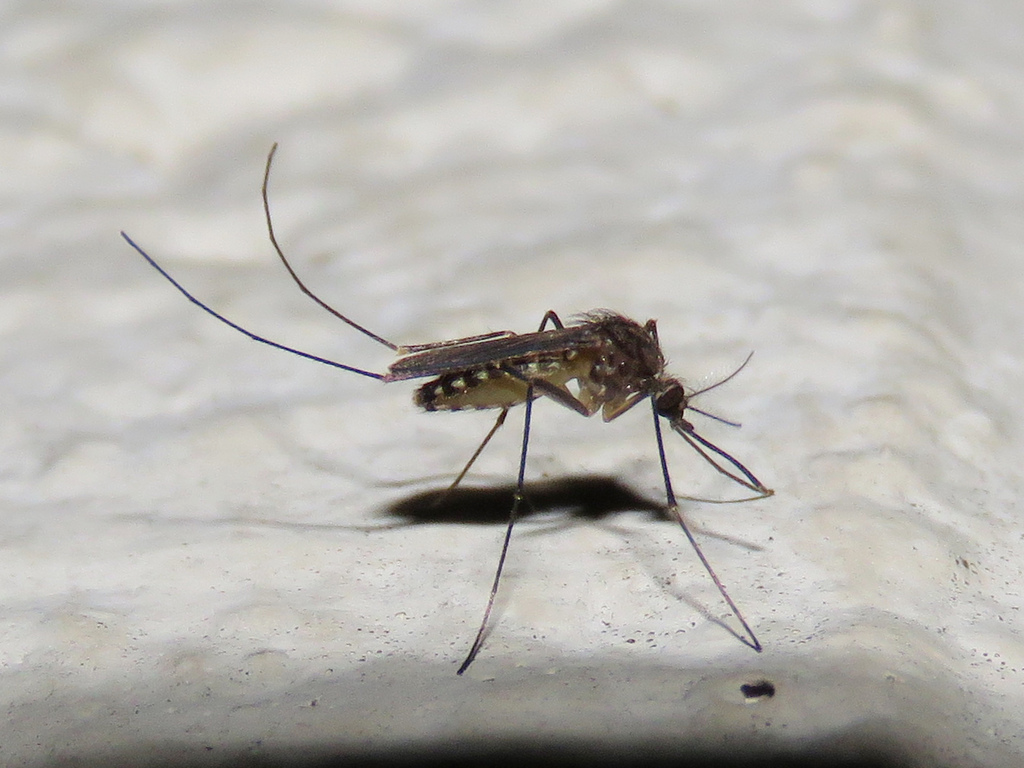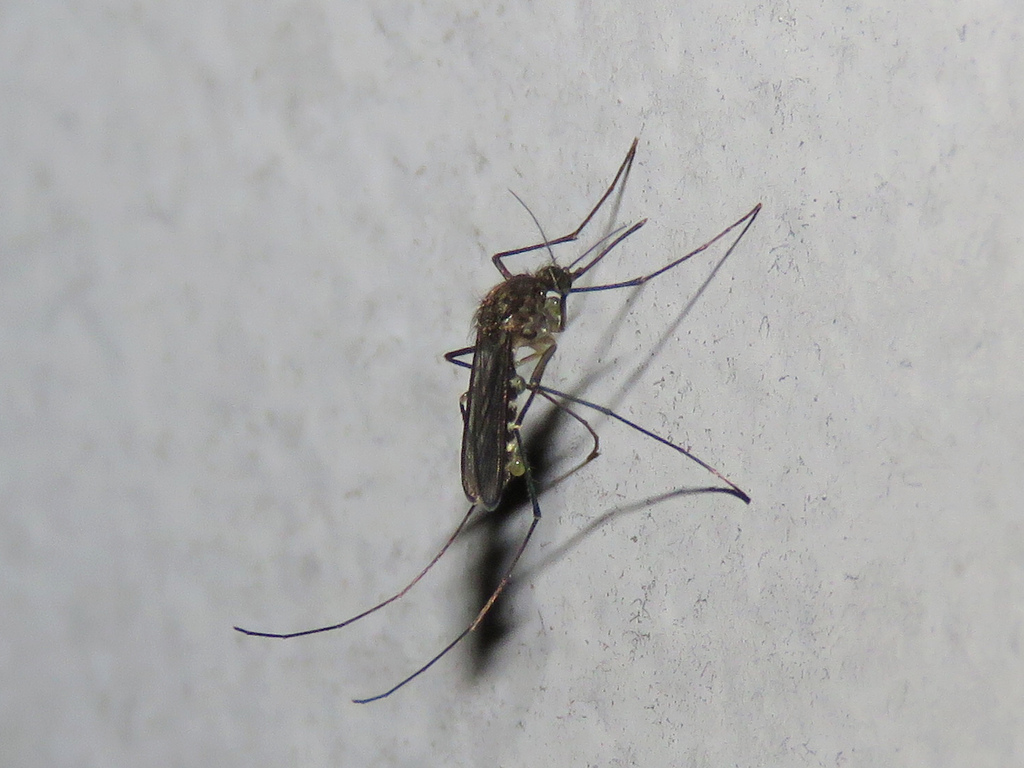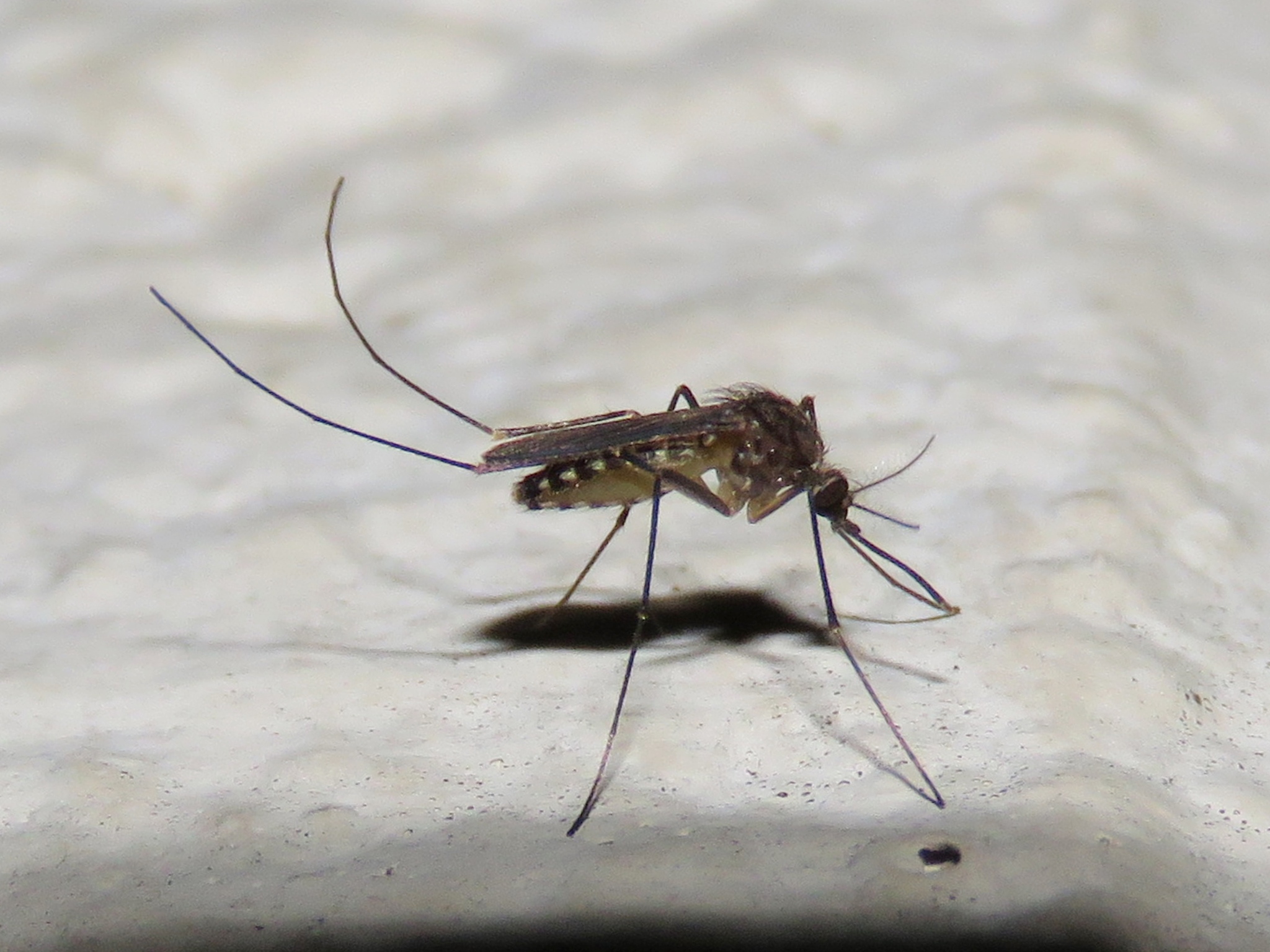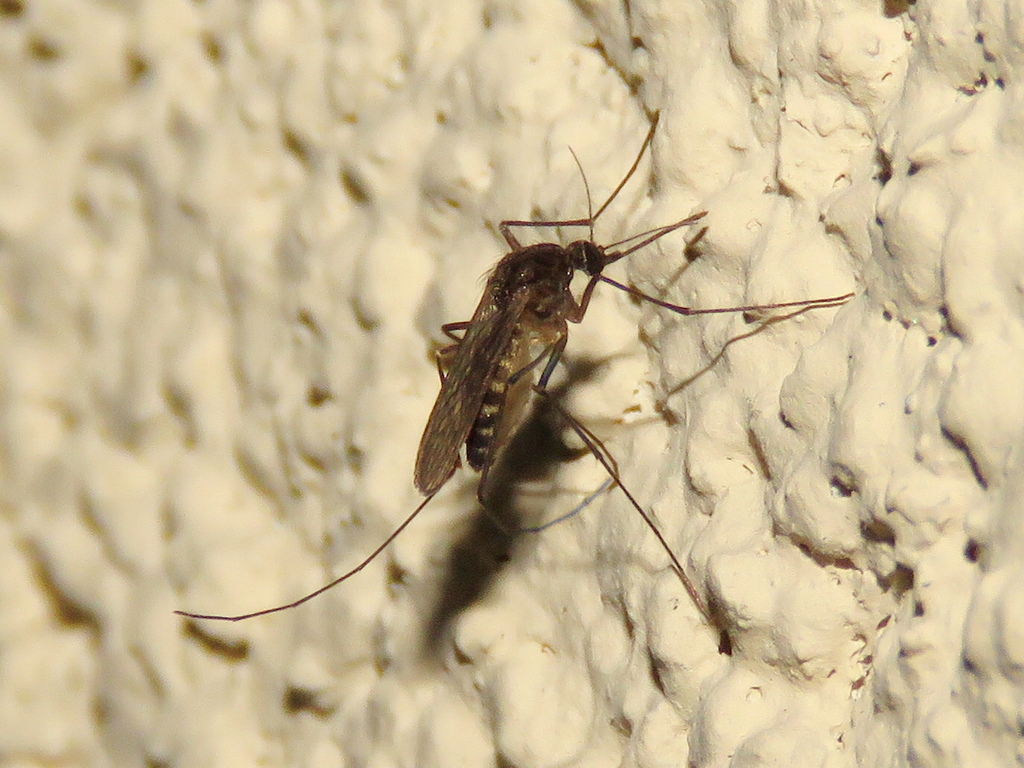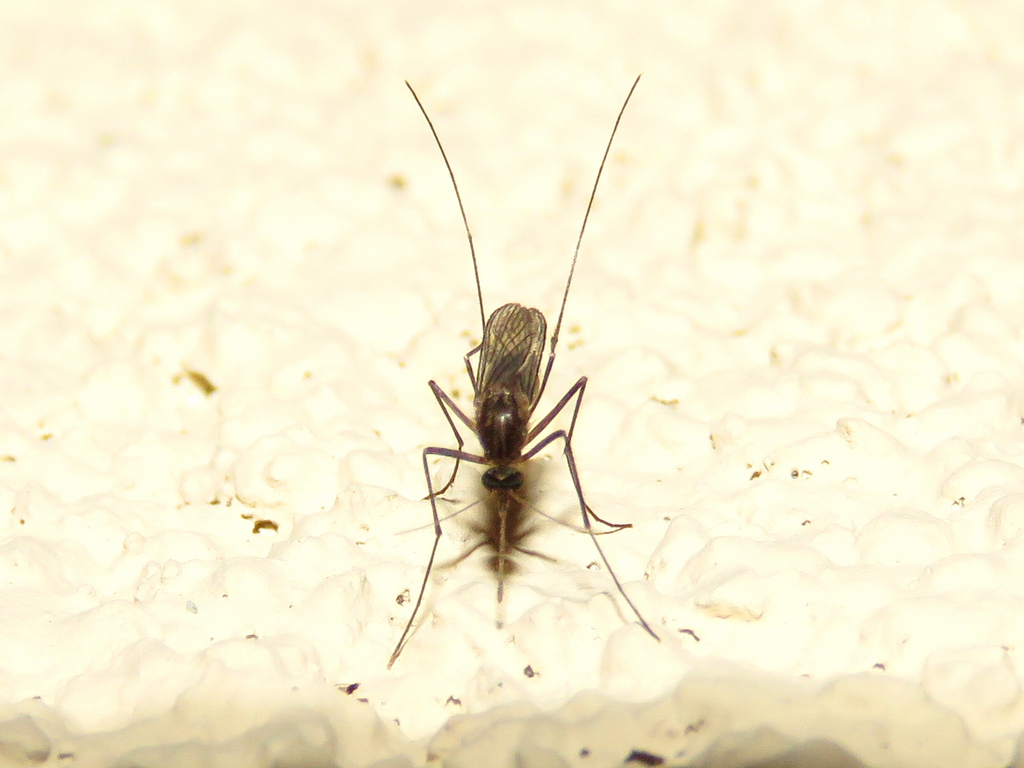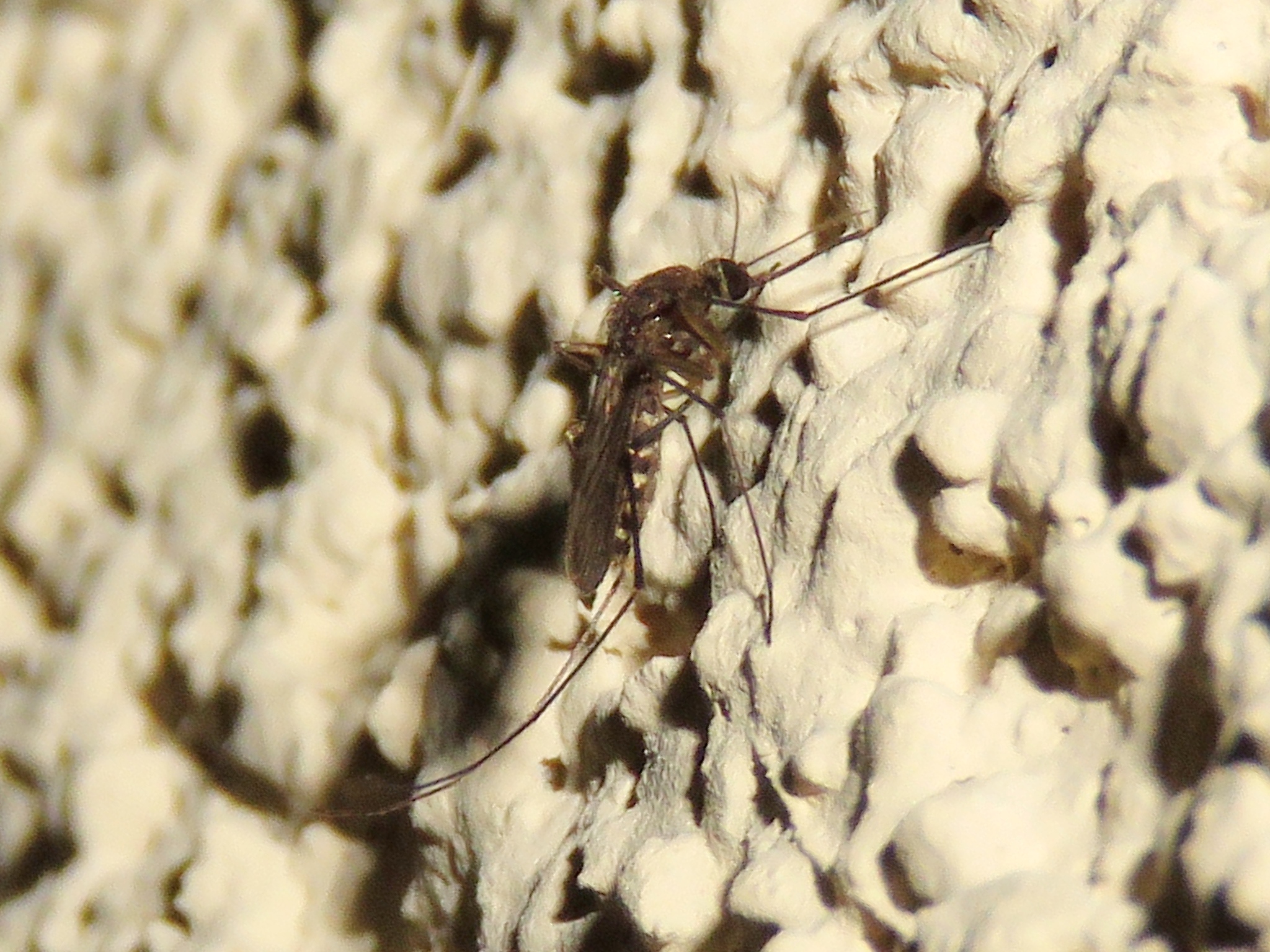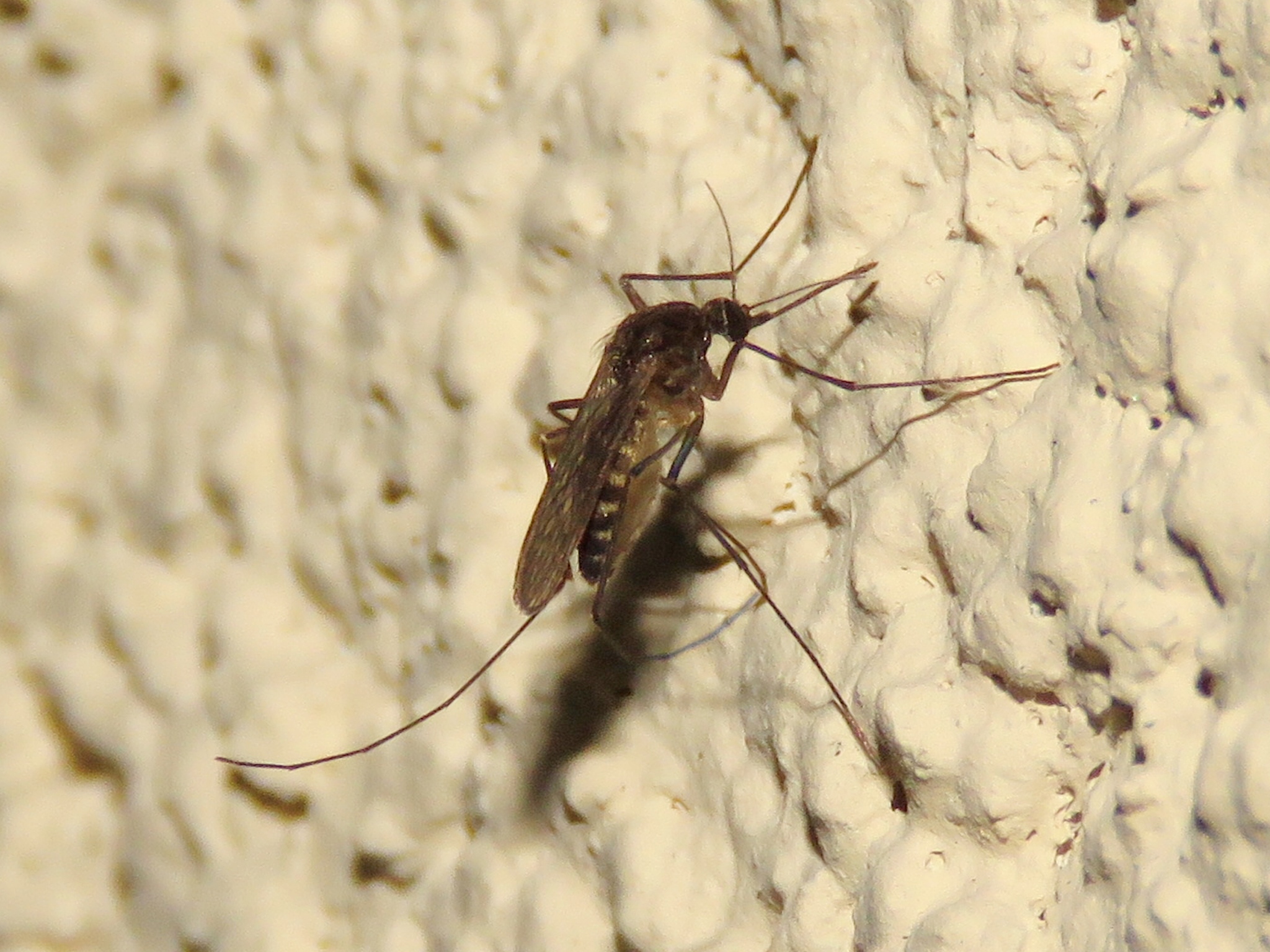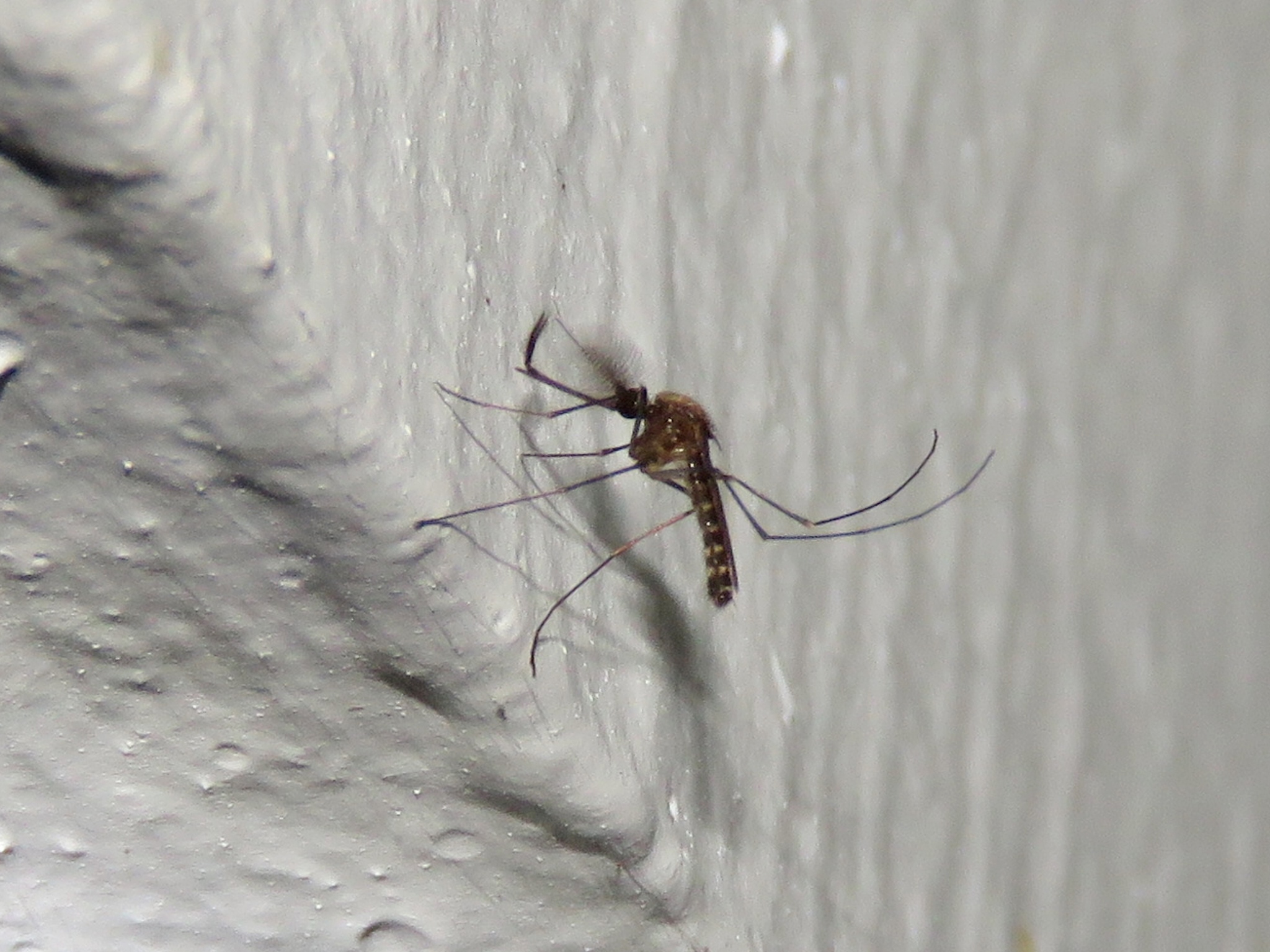Map Snapshot




15 Records
Description
Note the overall dark color with white basal bands on each abdominal segment. The other members of this genus in our area are typically lighter in color with the exception being Culex territans which has apical not basal bands. (J. Emm, pers. comm.)
Seasonality Snapshot
Source: Wikipedia
| Culex erraticus | |
|---|---|

| |
| Scientific classification | |
| Domain: | Eukaryota |
| Kingdom: | Animalia |
| Phylum: | Arthropoda |
| Class: | Insecta |
| Order: | Diptera |
| Family: | Culicidae |
| Genus: | Culex |
| Species: | C. erraticus
|
| Binomial name | |
| Culex erraticus (Dyar & Knab, 1906)
| |
| Synonyms[1] | |
| |
Culex erraticus, which translates in English to Erratic Mosquito, is a species of mosquito in the family Culicidae. It is widespread in Florida, but rare in the northeastern United States. The mosquito ranges in the north from Connecticut and Ontario, west to Nebraska, and south to Mexico, Central America, and South America. In addition, it is found in southernmost California.[2][1][3][4]
The females can be aggressive biters. They take blood meals from birds, mammals, amphibians, and reptiles. The mosquito is frequently infected with the virus EEEV, and may be a public health concern for its potential to transmit this arbovirus to people.[2]
Culex erraticus mosquitoes lay eggs in floating clusters called “egg rafts” on the surface of standing water, usually by laying them on the edges of aquatic plant leaves.[2]
These mosquitoes are known overwinter in gopher tortoise burrows from October through February in Central Florida.[5]
References
[edit]- ^ a b "Culex erraticus Report". Integrated Taxonomic Information System. Retrieved 2019-09-24.
- ^ a b c "Featured Creatuers, Culex erraticus". University of Florida Entomology and Nematology Department. Retrieved 2024-07-17.
- ^ "Culex erraticus". GBIF. Retrieved 2019-09-24.
- ^ "Culex erraticus species Information". BugGuide.net. Retrieved 2019-09-24.
- ^ McNamara, Timothy D; Mosore, Mba-tihssommah; Urlaub, Alexander; Lashley, Marcus A; Burkett-Cadena, Nathan D; Reeves, Lawrence E; Martin, Estelle M (13 January 2024). "Culex erraticus (Diptera: Culicidae) utilizes gopher tortoise burrows for overwintering in North Central Florida". Journal of Medical Entomology. doi:10.1093/jme/tjad174. PMC 10936169.
